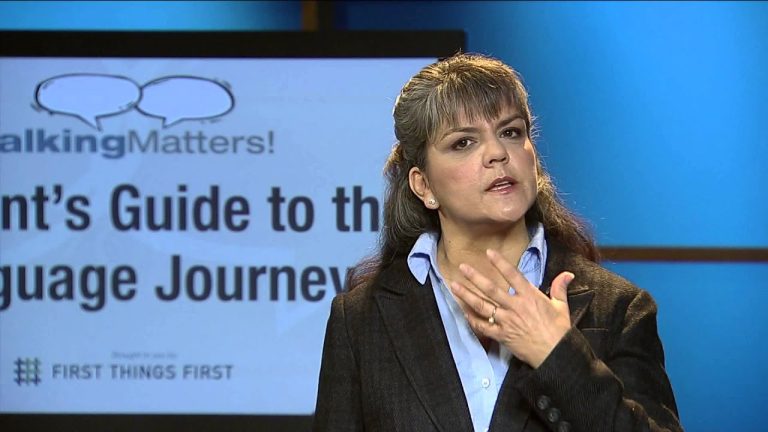10 Visual Motor Integration Exercises to Improve Coordination and Eye Health
For individuals who face challenges in their visual motor integration, their everyday tasks could be quite daunting. Visual motor integration refers to the ability of our eyes to coordinate with our motor movements, which is essential for many daily activities such as handwriting, reading, and sports. If an individual faces any difficulty in this integration, it could lead to problems in tasks that require hand-eye coordination.
Visual motor integration exercises are an effective way to combat this challenge. These exercises are designed to help individuals enhance their hand-eye coordination, which, in turn, improves their overall visual motor skills. Moreover, these exercises are also helpful for individuals who are looking to improve their overall motor skills, such as athletes, musicians, and artists.
What are Visual Motor Integration Exercises?
Visual motor integration exercises entail a range of activities designed to help individuals enhance their hand-eye coordination. These exercises can range from simple tasks like tracing shapes and mazes to more complex tasks like catching a ball while maintaining balance. In addition to that, visual motor integration exercises can also involve fine motor skills, such as grip strength and finger dexterity.
Why are Visual Motor Integration Exercises Important?
Visual motor integration exercises are essential for individuals who wish to improve their overall visual and motor skills. These exercises are particularly helpful for individuals who face challenges in their visual motor integration, such as those with developmental coordination disorder (DCD), dysgraphia, and dyspraxia.
Benefits of Visual Motor Integration Exercises Include:
- Improved hand-eye coordination
- Improved fine motor skills
- Increased confidence and self-esteem
- Improved impulse control and concentration
Types of Visual Motor Integration Exercises
There are numerous types of visual motor integration exercises, each designed to target specific areas of the visual motor integration process. Some examples include:
Tracing:
These exercises involve tracing shapes and letters to help individuals improve their hand-eye coordination and fine motor skills. These exercises are particularly helpful for children who are learning to write.
Balance Exercises:
Balance exercises, such as standing on one foot while catching a ball, can help individuals improve their overall motor skills, including their ability to maintain balance while performing tasks.
Hand-Eye Coordination Exercises:
Hand-eye coordination exercises, such as bouncing a ball against a wall, can help individuals enhance their hand-eye coordination and their ability to perform complex tasks that require hand-eye coordination.
In conclusion, visual motor integration exercises are an effective way to enhance hand-eye coordination and to improve overall motor skills. Individuals who face challenges in their visual motor integration can benefit significantly from these exercises. If you or someone you know is facing such challenges, be sure to consult with an optometrist or an occupational therapist to learn more about visual motor integration exercises and how they can help.
Contents
Most wanted in Hoya Vision:
What are prism eyeglass lenses?
Hoya Lens Engravings
What brand lenses does Costco use?
What does +0.25 mean on an eye test?
Do tinted glasses help with migraines?
Should eyeglasses cover eyebrows?
Hoya Identification Chart
What LED light is best for broken capillaries?
Does hyperopia worsen with age?
What is the difference between Ray Ban RB and Rx?
















